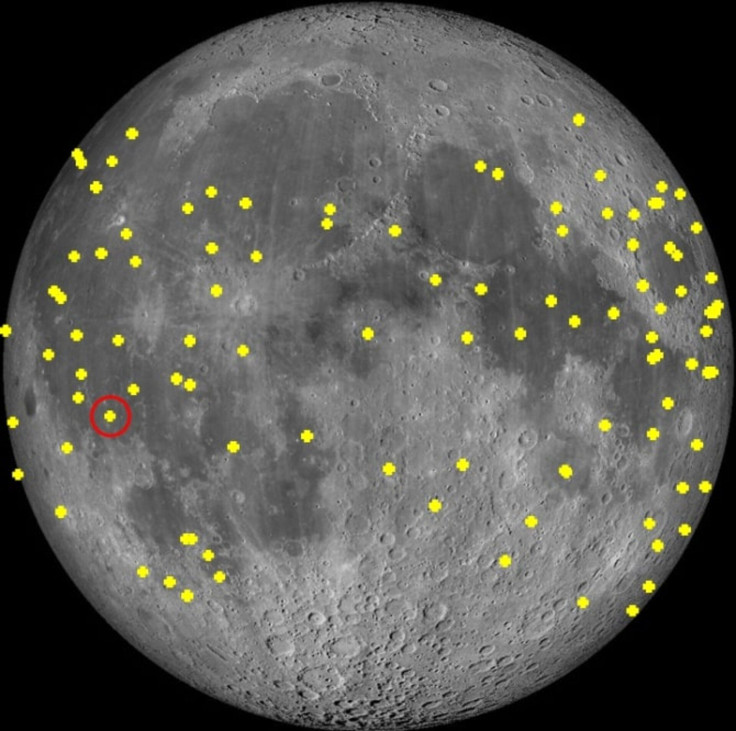ESA’s Observatory Detects 100th Asteroid Impact Event On The Moon
KEY POINTS
- ESA's NELIOTA project detected its 100th asteroid impact on the Moon
- Impact events on the lunar surface create visible flashes
- Studying impact events on the Moon provides information on Earth impacts
An observatory funded by the European Space Agency (ESA) has detected the latest asteroid impact event on the Moon. According to the ESA, information collected by the observatory provides valuable information regarding asteroid impacts on Earth.
The Near-Earth Object Lunar Impacts and Optical Transients (NELIOTA) is a project operated by the National Observatory of Athens at Kryoneri Observatory in Greece. It uses a telescope and system of cameras to detect and observe asteroid impacts on the Moon.
When an asteroid hits Earth’s natural satellite, it produces a bright flash on the lunar surface. Usually, asteroids that are about 5 centimeters wide a weigh less than 100 grams produce the visible flashes NELIOTA monitors these flashes each time an asteroid hits the Moon.
In order to effectively detect the flashes, NELIOTA is currently pointed at the dark side of the Moon, the area not illuminated by the Sun.
On March 1, NELIOTA detected its 100th asteroid impact on the Moon. The data collected by the observatory was confirmed by the Sharjah Lunar Impact Observatory (SLIO) of the Sharjah Academy for Astronomy, Space Sciences & Technology in the United Arab Emirates, which also witnessed the event.
“Cross detections like this are very useful as they rule out the possibility of a slow, bright satellite being misidentified as an impact flash,” Detlef Koschny, co-manager of the Planetary Defense Office of ESA's Space Safety program, said in a statement. “While NELIOTA has other, less direct means of excluding such events, we’re excited to have more eyes on the Moon, helping us to understand the rocky road our planet travels on.”
As noted by the ESA, NELIOTA plays an important role in understanding asteroid impacts on Earth. Usually, ground-based telescopes are not able to detect small asteroids that enter Earth’s atmosphere.
By monitoring impacts caused by small asteroids on the Moon, scientists are able to learn how frequently these kinds of events can occur on Earth.
“Smaller Earth impactors are too small to be detected directly with telescopes and too unpredictable to be captured reliably with ground-based ‘fireball’ cameras,” ESA stated. “Instead, to get an idea of how common these objects are and their potential threat to Earth, we look to the Moon.”

© Copyright IBTimes 2024. All rights reserved.











